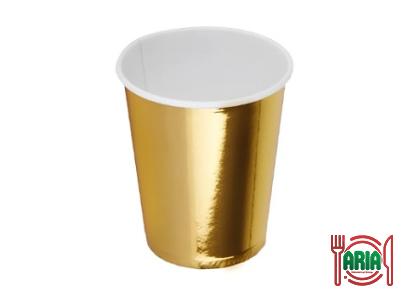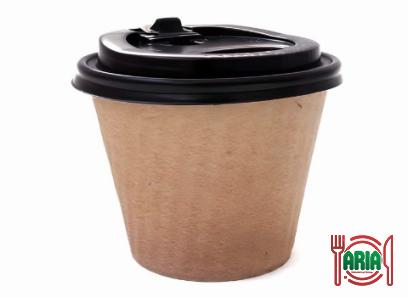Before buying cutlery that is made of plastic you and your family should consider some facts that are mentioned here about them. To know where they are from read the article below.
The term “cutlery” originates from the Middle English word “cuteler,” which in turn comes from the Old French word “coutelier,” which is derived from the word “coutel,” which means knife (modern French: couteau).
The term may be traced back to the Latin word culter, which was used in its early iterations (knife).
The word “cutler” was first confirmed to have been used in Sheffield in a tax report that was filed in the year 1297. Fifty years later, at the Tower of London, a Sheffield knife was recorded as having been in the hands of the King.
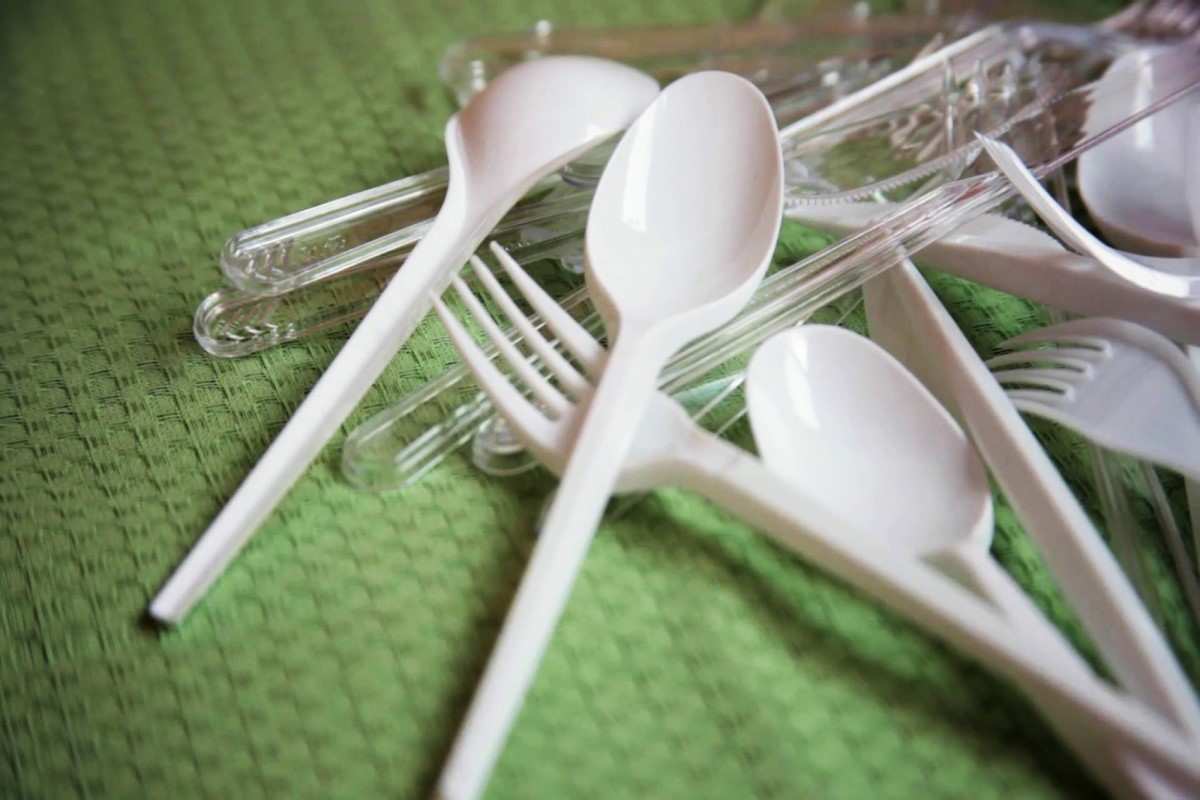
The Cutlers’ Hall in Sheffield is now hosting an exhibition that features a number of knives that date back to the 14th century.
The conventional material for producing cutlery of high quality is sterling silver. Other materials may also be used (hence the usage of the term in the United States).
In the course of human history, silver benefited from having an edge over other metals in that it was less chemically reactive.
When some foods come into contact with the metal of cutlery, chemical reactions may occur, which might result in an unpleasant flavor.
Gold is even less reactive than silver, although historically speaking, only very affluent people, such as kings, were able to afford to use gold flatware.
Pewter was used for certain inexpensive goods, notably spoons, but steel was always used for more utilitarian blades. Steel was always used for more utilitarian knives.
Beginning in the nineteenth century, electroplated nickel silver, often known as EPNS, was utilized instead of sterling silver because of its lower cost.
The British metallurgist Harry Brearley made the accidental discovery of stainless steel in 1913. Since then, stainless steel has been the most common kind of metal used in the production of cutlery.
Melchior is a corrosion-resistant nickel and copper alloy that occasionally sometimes contains manganese and nickel-iron. This material is an alternative to the more common stainless steel.
Plastic cutlery is designed to be used just once before being thrown away, making it ideal for activities like camping, picnicking, and barbecuing that take place outside.
Plastic cutlery is not only extensively used at fast food restaurants and other takeaway restaurants, but it is also often given with meals served in economy class on airplanes. As a further option that is also biodegradable, wooden disposable cutlery may also be purchased.
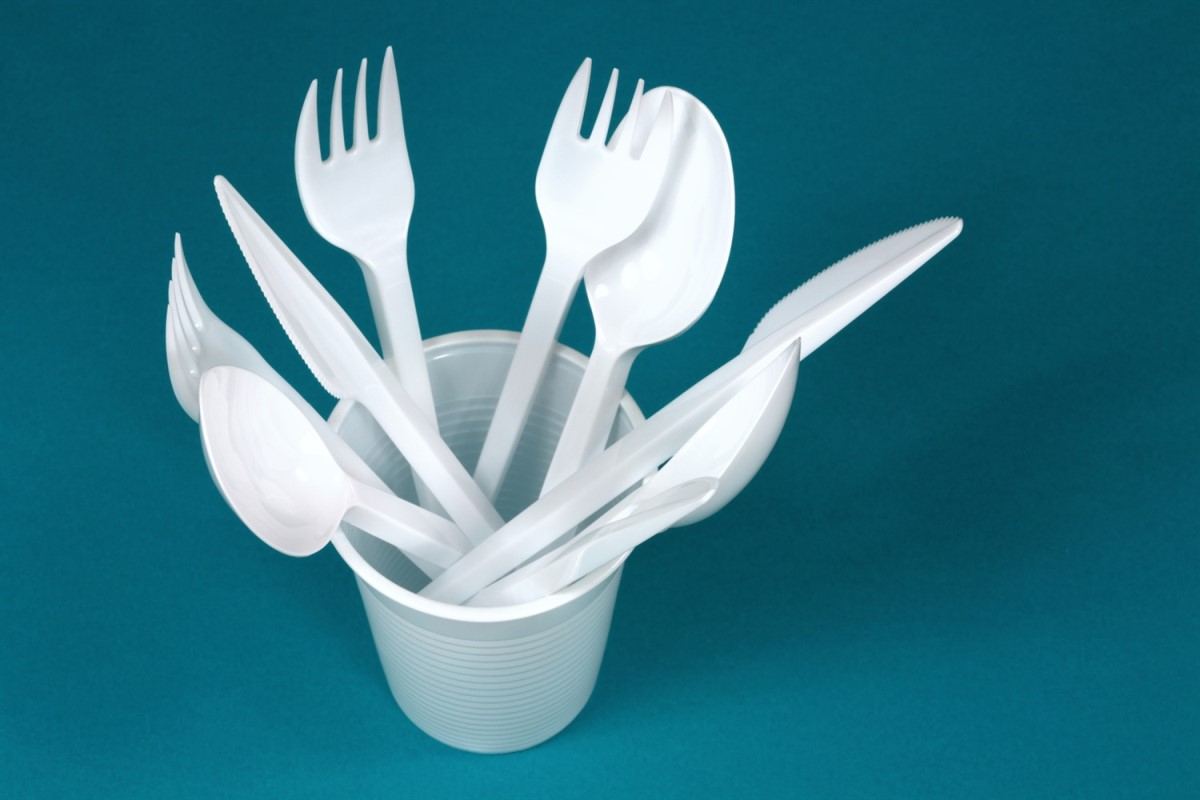
The market for disposable cutlery made of plastic has grown tremendously since it was first introduced for the purpose of convenience (being lightweight and not requiring any cleaning after a meal).
These goods, along with other types of disposable tableware (paper plates, plastic table coverings, disposable cups, disposable napkins, and so on), have evolved into an essential component of the quick-service restaurant and catering business.
More on the subject of cutlery made of plastic
A metal alternative was the only one that was accessible to us until we started using plastic forks, knives, and spoons. As the use of plastic got increasingly widespread, our cutlery drawers gradually became dominated by the material.
Despite the fact that many tableware items are still made of metal, the tableware sector has discovered several uses for plastic in recent years. It has also made previously unavailable options available.
A brief overview of the past and present use of plastic in utensils
After the end of World War II, plastic began to see more widespread use in the domestic sphere.
By the 1960s, other materials in the kitchen, such as wood, metal, and glass, had been largely supplanted by plastic. The advantages of using plastic dinnerware were obvious to families.
Several firms got into the kitchenware business and started producing items that were durable, didn’t break easily, were simple to clean, came in gorgeous colors, and were priced reasonably.
Plastic was first used in the manufacture of kitchenware by companies such as Lustro Ware and Melmac, which started producing items such as spoons, scoops, forks, and bowls.
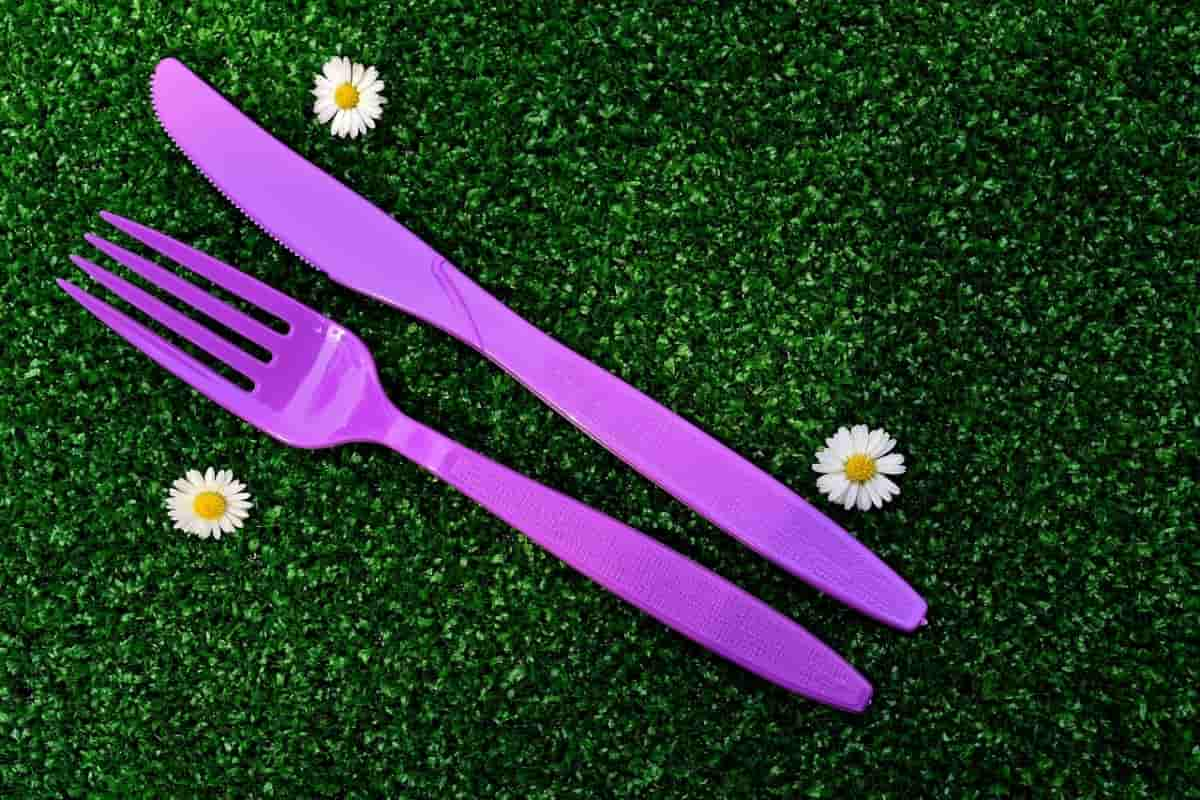
In point of fact, vibrantly colored plastic is usually connected with contemporary kitchens that are intended to evoke the “retro” aesthetic of the 1960s.
Disposable Utensils
Almost immediately, producers started creating plastic cutlery that could only be used once before being thrown away, such as spoons, forks, and knives. This reduced the need to wash them, which eliminated the need to utilize water, energy, and personnel.
Because of this factor, these single-use utensils have gained a lot of popularity at fast food restaurants and on airplanes.
These days, one may get disposable utensils not just at grocery stores but also in restaurants and other eating establishments.
Different types of utensils made of plastic
There is a wide range of shapes and sizes available in disposable plastic cutlery. A white coloration gives plastic cutlery, such as forks, knives, and spoons, its recognizable appearance. However, there is a far larger pool of possibilities to choose from.
You may shop for more solid colors to purchase if you need them to complement the theme of the party’s décor.
They could have a distinct surface pattern or an unusual form on the handle. There is plastic dinnerware that is made to seem like it is made of metal and may be used for events that are considered to be semi-formal. It is even possible for it to appear in transparent or iridescent hues.
Plastic utensils for children
The malleability of plastic allows for the creation of many intricate forms. Because of this, it is the ideal material for use in the production of dinnerware specifically designed for use by youngsters.
You may get cutlery in a wide range of forms, including those of their favorite cartoon characters, including spoons, forks, and knives. Plastic is often more kind to the sensitive lips of youngsters and provides a better gripping surface for them to use.
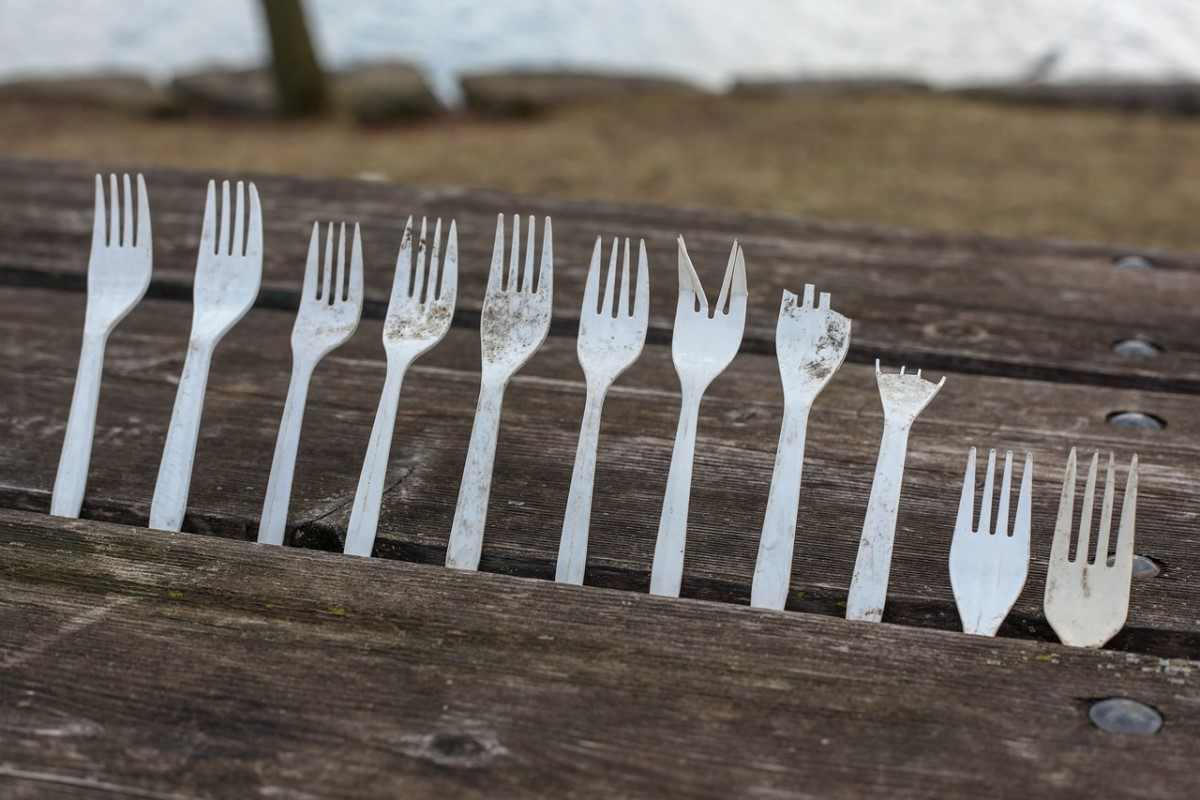
Spork
When the spork, a combination of a spoon and a fork, was filed with the patent office in the 1970s, the idea of combining a spoon and a fork was not a novel one.
In the past, hybrid cooking utensils were made out of a combination of stainless steel and other materials. Plastics enabled a faster and less labor-intensive production process for sporks. Sporks are useful in a variety of different ways.
Spoons are used in correctional facilities because it is difficult for convicts to manipulate them into weapons. Sporks allow those who enjoy the great outdoors to reduce the number of utensils they need to bring with them from two to just one.
Others have been motivated to innovate new eating utensils by the ingenious manner in which the spork combines many items of cutlery to make a single, more functional device.
Consumers praised the many advantages that plastic offered to the domestic sphere when it was initially put into widespread usage. The use of plastic enables a wide variety of new possibilities for dinnerware.
It is possible to make pieces that have more sophisticated designs at a pace that is much quicker and more lucrative.
On any occasion, it is essential to provide your visitors with cutlery since they will need it in order to eat the food you have prepared for them.
It is important to keep in mind, whether you are acting in the role of a decorator or a host, that the sort of utensil that you use will either earn you praise or cause you to suffer extreme embarrassment.
Your event will stand out from the crowd because to the high-quality silverware that we provide here, which comes in a variety of styles, colors, and other configurations.


